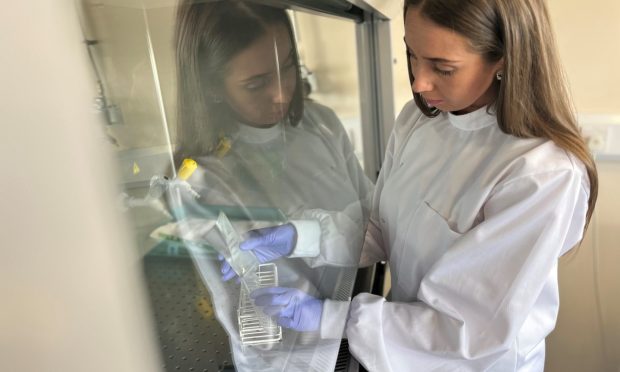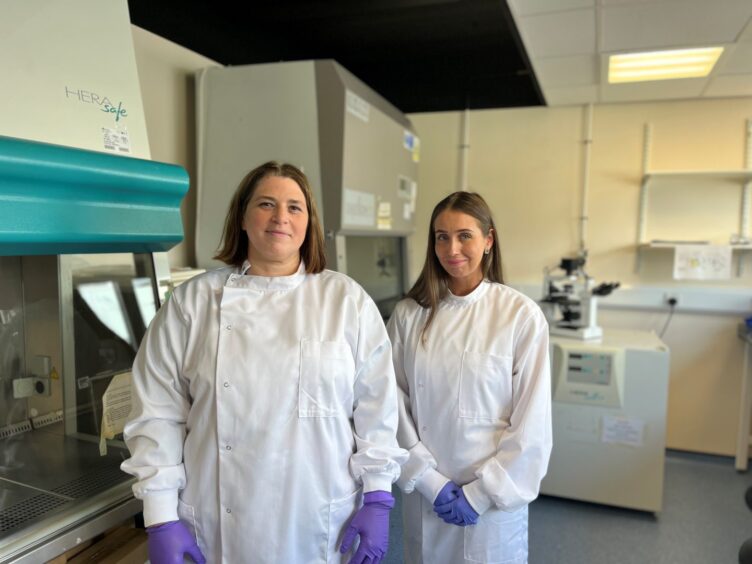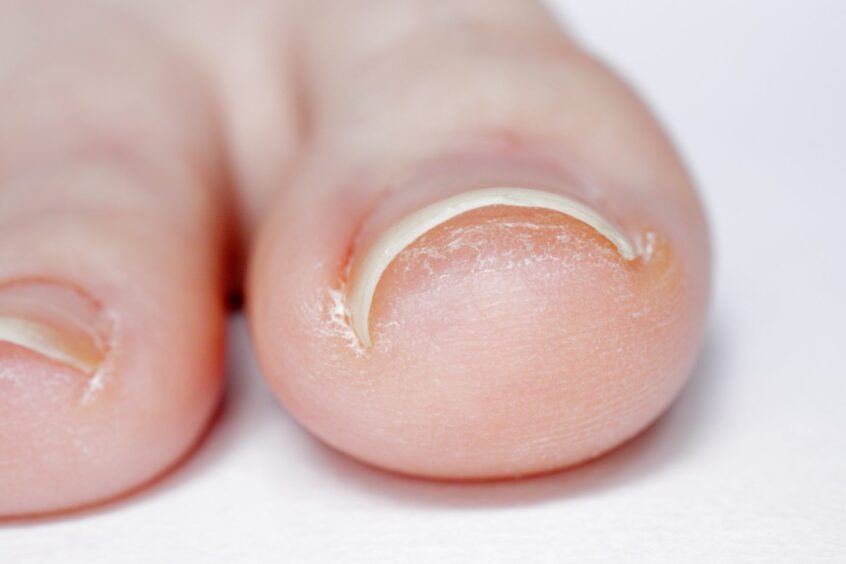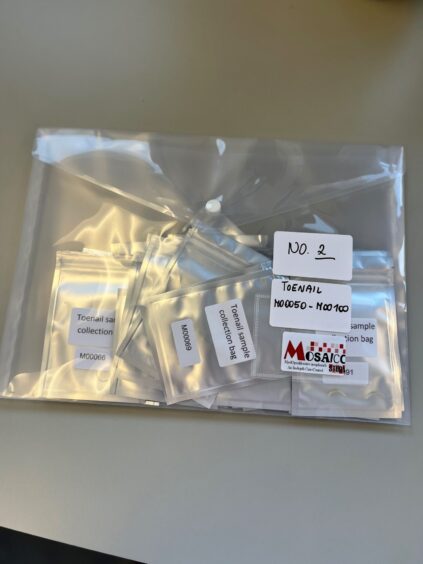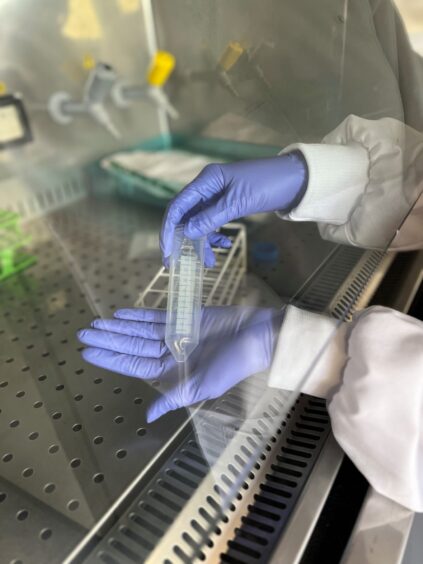Lesley Anderson’s job depends on people sending her their toenails. But she has her limits.
The Fyvie professor is a lead researcher on a UK-wide project that aims to throw more light on a little-understood blood disorder.
The project requires as many toenail clippings as possible and – when all goes to plan – the samples arrive in sealed bags. The clippings are then ground up before landing on Professor Anderson’s desk.
On occasion, however, people get ahead of themselves – they send loose toenails directly through the post.
“The toenails are supposed to arrive in special bags,” Professor Anderson says. “But it doesn’t always happen like that.”
An early brush with toenails
Professor Anderson isn’t fazed by her unorthodox deliveries.
In fact, the scientist, who moved to Fyvie in October 2020 to be chair of health data science at the University of Aberdeen, has been on something of a journey with toenails since she began her career back home in Northern Ireland.
Researching oesophageal cancer at Queen’s University in Belfast, the PhD student found herself trimming the toenails of a near stranger to collect clippings for analysis.
The experience almost made her quit, but 20 years on she has made peace with toenails thanks to what they can do for science.
“There is such potential in toenails, and I’m keen we don’t throw that away,” she says.
Why toenails are important to blood cancer treatments
According to Prof Anderson, toenails are a bit like tree rings. Cut down a tree, and the shape and composition of its rings can give an indication of the conditions it grew in.
Likewise, an analysis of a toenail can reveal the environment its owner was exposed to over the course of its growth.
For the Aberdeen University project, which is being supported by Aberdeen-based charity Friends of ANCHOR, Prof Anderson is seeking nail clippings for a study into the causes of a group of blood cancers, known as myeloproliferative neoplasms (MPNs).
Because research has shown MPNs may develop in people because of where they live or work – in a factory, for example – toenails could hold an important key to developing better treatments.
“[It] might be genetic, or lifestyle factors such as weight or smoking, or occupational or chemical exposures,” Prof Anderson says. “The study looks across the whole realm of a patients’ life.”
Can your toenails help to defeat blood cancer?
What the professor needs, however, is more toenails. The research team aims to recruit 650 cases to ensure a broad representation of the UK.
Anyone aged over 18 who has been diagnosed with an MPN in the past two years should speak to their consultant if interested in taking part.
Participants will also be asked to provide a blood sample at their local hospital, and will be taken through a questionnaire by the research team, covering topics such as lifestyle, smoking, drinking, family history and circumstances, physical activity and a full job history.
Patients from across the UK and Ireland are taking part in the study, but the only centres involved in Scotland are in Aberdeen and Inverness.
“It is a relatively small number of individuals in the region that we’re expecting to have these conditions, but anybody who does and has been diagnosed recently, we would really encourage them to take part in the research,” Prof Anderson said.
“Without having individuals volunteering their time, we can’t do this type of work. That’s really important.”
Friends of Anchor is also behind the Courage on the Catwalk and Brave shows in Aberdeen, in which people with cancer take to the stage on behalf of charity.
Last month, the group called for next year’s fashion models to apply, with a previous participant calling it “one of the best things I’ve ever done”.
